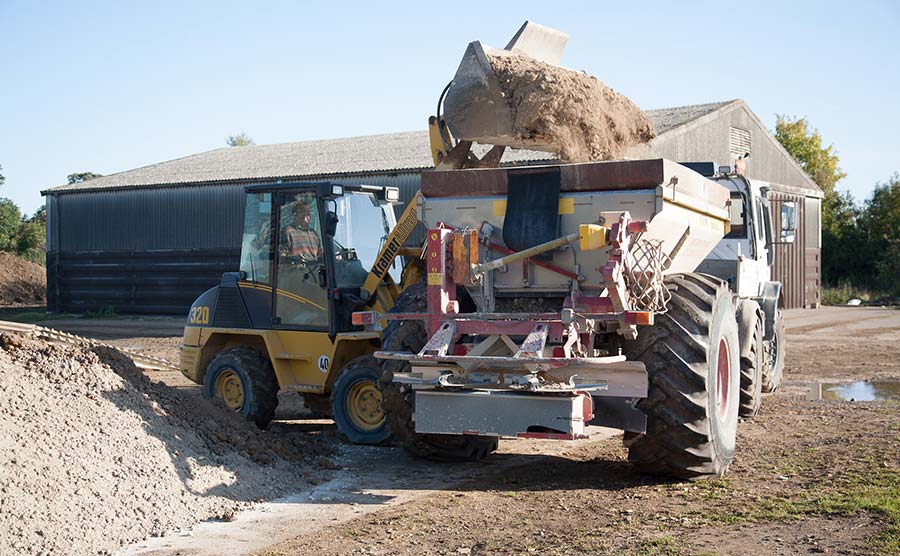Apply lime now to grassland if conditions good, says expert
 © Tim Scrivener
© Tim Scrivener Where ground conditions are good, now is the ideal time for lime applications to grassland. However, calcium lime is recommended by independent consultant Dr George Fisher.
Magnesium lime makes the soil sticky and more liable to compaction, he says.
“Even farms with on-target magnesium indexes of 2 should put on calcium lime because there is a lot of magnesium contained in feed and, therefore, slurry, which can soon raise indexes on dairy farms to 4 or 5.”
See also: Benefits of soil mapping for forage production
Over six months of winter, calcium lime will work into the soil and set the pH right for spring grass growth.
“If it’s too wet now, you can wait until post-Christmas to apply lime, when ground conditions allow.
“And for quick impact at this time, use granulated products (although they are more expensive), which work into the soil over four to six weeks,” he says.
“Use this year’s soil results to know your pH and where you need lime. The labs will send recommendations of what to apply, how much, and where to get soils to pH 6.5. You can access a calculator to help at aglime.org.uk.”
Nutrient availability
Lime helps raise a low pH to the more ideal 6.5-6.6 for grass.
When soils become acidic, nutrient availability for plant uptake is reduced, because nitrogen, phosphorus and potassium get bound up with iron and aluminium, George explains.
“This means if you apply 100kg N at pH 6.5, 90% of it should be available for use by the grass plant. But at pH 5.5, only 50-60% of it would be available.
“So it has a big impact on what your plant can uptake from any fertiliser or slurry you apply, as well as impacting soil biology.”
Long term, the results are slower grass growth, later turnout, and less grass to graze or cut, while the loss in nutrient uptake leads to increased leaching in winter.
“That is why it is important to apply lime requirements annually, not every five years, adds George.
“Don’t wait for soil pH to go down again, or you will lose nutrient availability; applying lime annually is little and often to maintain it.”
